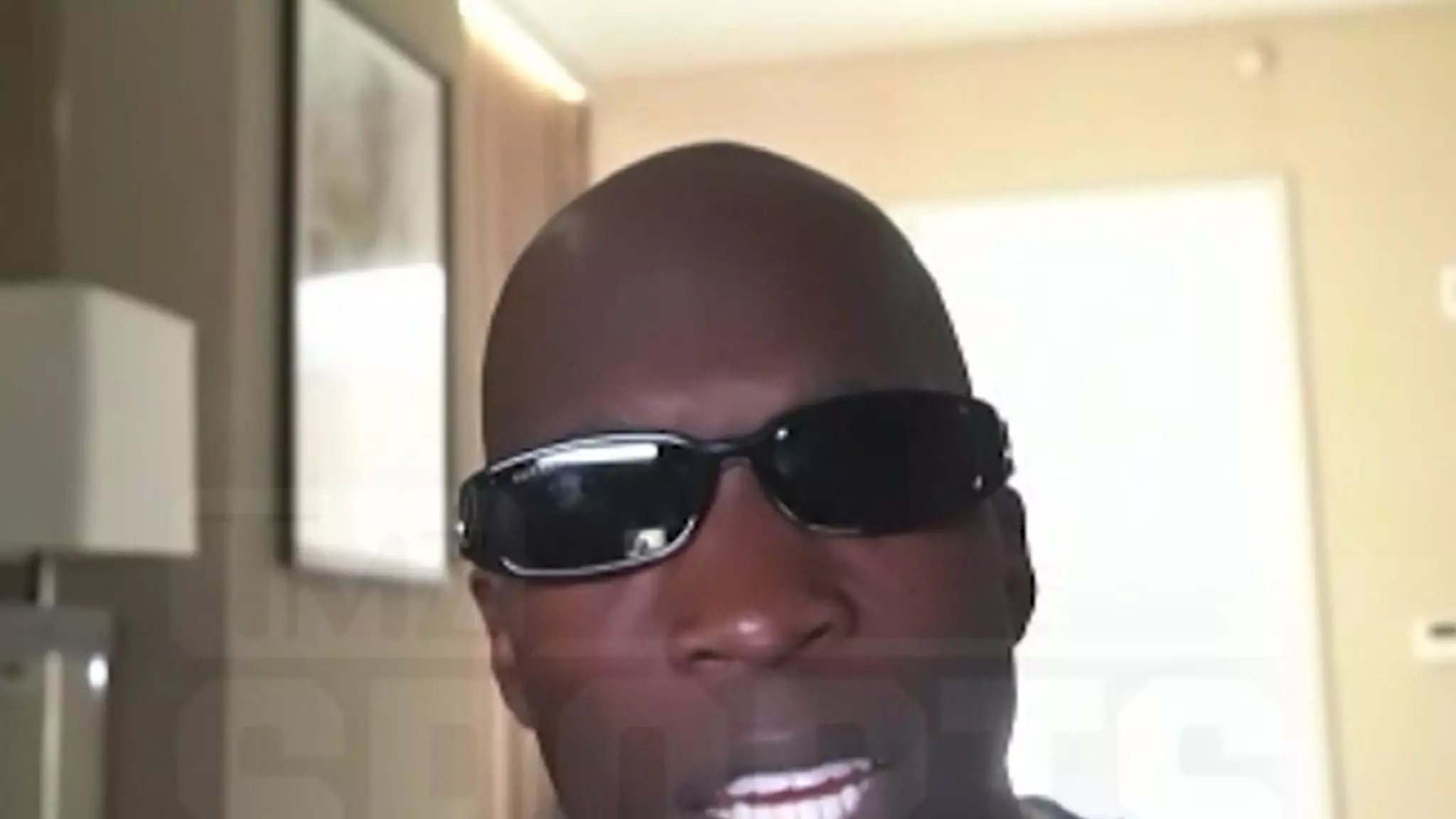As Ja’Marr Chase gears up for what could be a historic contract negotiation with the Cincinnati Bengals, the chatter around his impending payday has reached fever pitch. Chad Johnson, an iconic figure in Cincinnati’s football history, has boldly predicted that Chase’s upcoming deal could see the young wide receiver earning over $40 million annually. The implications of such a financial leap are profound, not only for Chase but also for the franchise’s financial landscape in the coming years.
With Chase stepping into his final pre-free agency season, the urgency for the Bengals to secure his services has never been clearer. Johnson’s commentary highlights a crucial miscalculation on the Bengals’ part. By delaying negotiations, the organization has inadvertently pushed Chase’s market value to astronomical heights following his remarkable performance last season, where he dominated the league in various receiving categories. His performance exemplified that in professional sports, waiting can cost franchises dearly—”Yesterday’s price is not today’s price,” Johnson quipped, illustrating that the cost of inaction has compounded exponentially.
The Dynamics of Market Value and Team Strategy
A pivotal moment lies at the intersection of Chase’s stellar performance and the Bengals’ management of their payroll. The franchise’s earlier opportunity to lock him down for a significantly lower amount—around $30-$35 million—was squandered because of a failure to act decisively. This raises the question of how organizations allocate resources and maintain their competitive edge while navigating the complexities of modern NFL contracts. The dynamics at play are not simply about numbers; they reflect a broader strategy concerning how teams prioritize player retention versus capitalizing on a roster that boasts considerable talent.
Johnson’s insights extend to Chase’s teammate Tee Higgins, who he believes should also earn a lucrative deal without any inclination towards “hometown discounts.” The underlying message here is that in a league where temporal opportunities for financial gain are fleeting, players must capitalize on their worth. It’s a fine balance between loyalty to one’s team and the necessity of ensuring one’s financial security. From a contractual lens, this conversation can alter the trajectory of a franchise; if not managed adeptly, it could result in an intricate web of impacts on team chemistry and performance.
The Ripple Effects of Contract Negotiations
What looms over all this optimism for Chase and Higgins is the practical reality that the Bengals may have to make difficult decisions about their existing roster. Johnson pointed out that the projected financial commitments to these star receivers could necessitate parting ways with star defensive end Trey Hendrickson. Such roster manipulation is not uncommon in professional sports, yet it emphasizes the tug-of-war franchises face between investing in offensive firepower and securing a balanced, competitive team across all positions.
The Bengals’ management, historically cautious in contract dealings, might find themselves at a crossroads. On one hand, they could risk alienating fan-favorite players like Hendrickson to open up cap space; on the other hand, failing to secure Chase could mean losing one of their most dynamic offensive weapons to free agency. As Cincinnati looks to solidify its future, the framers of its financial strategy must act with foresight while understanding the stakes involved.
It remains to be seen whether the Bengals can navigate this complex landscape effectively. The organization stands at a pivotal juncture, with the potential for transformation leading to a stronger team—or the risk of disarray stemming from missteps in contract negotiations.

